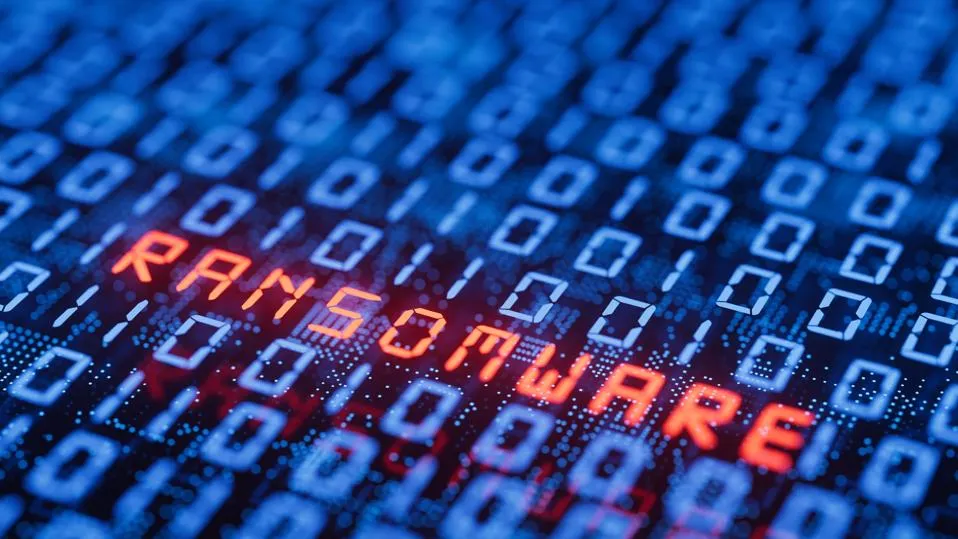Ransomware: Mitigating Risks and Securing Your Data

Ransomware's Impact on Cybersecurity
Ransomware, a malicious software type, significantly affects individuals and organizations alike. It encrypts essential files, effectively holding them hostage until a ransom is paid. This process can disrupt business operations and lead to significant financial losses.
How Ransomware Operates
This malware typically infiltrates systems through phishing emails, malicious downloads, or vulnerable networks. Once activated, it encrypts user files and displays a ransom note with payment instructions, often demanding cryptocurrency.
Preventative Measures Against Ransomware
- Regular Backups: Consistently backup important data to secure storage, enabling recovery without paying the ransom.
- Update Software: Regularly update operating systems and applications to fix known vulnerabilities that ransomware can exploit.
- Employee Training: Conduct training sessions to raise awareness of phishing and other social engineering tactics.
- Security Tools: Implement robust cybersecurity solutions, including antivirus and firewall software.
Responding to a Ransomware Attack
- Immediately disconnect affected systems from the network.
- Notify law enforcement and cybersecurity professionals.
- Assess the backup situation and restore files if available.
- Consider reporting the incident to the Cybersecurity and Infrastructure Security Agency (CISA).
Ransomware remains a prevalent and dangerous threat, but with diligent awareness and prepared strategies, its impact can be mitigated.
This article was prepared using information from open sources in accordance with the principles of Ethical Policy. The editorial team is not responsible for absolute accuracy, as it relies on data from the sources referenced.